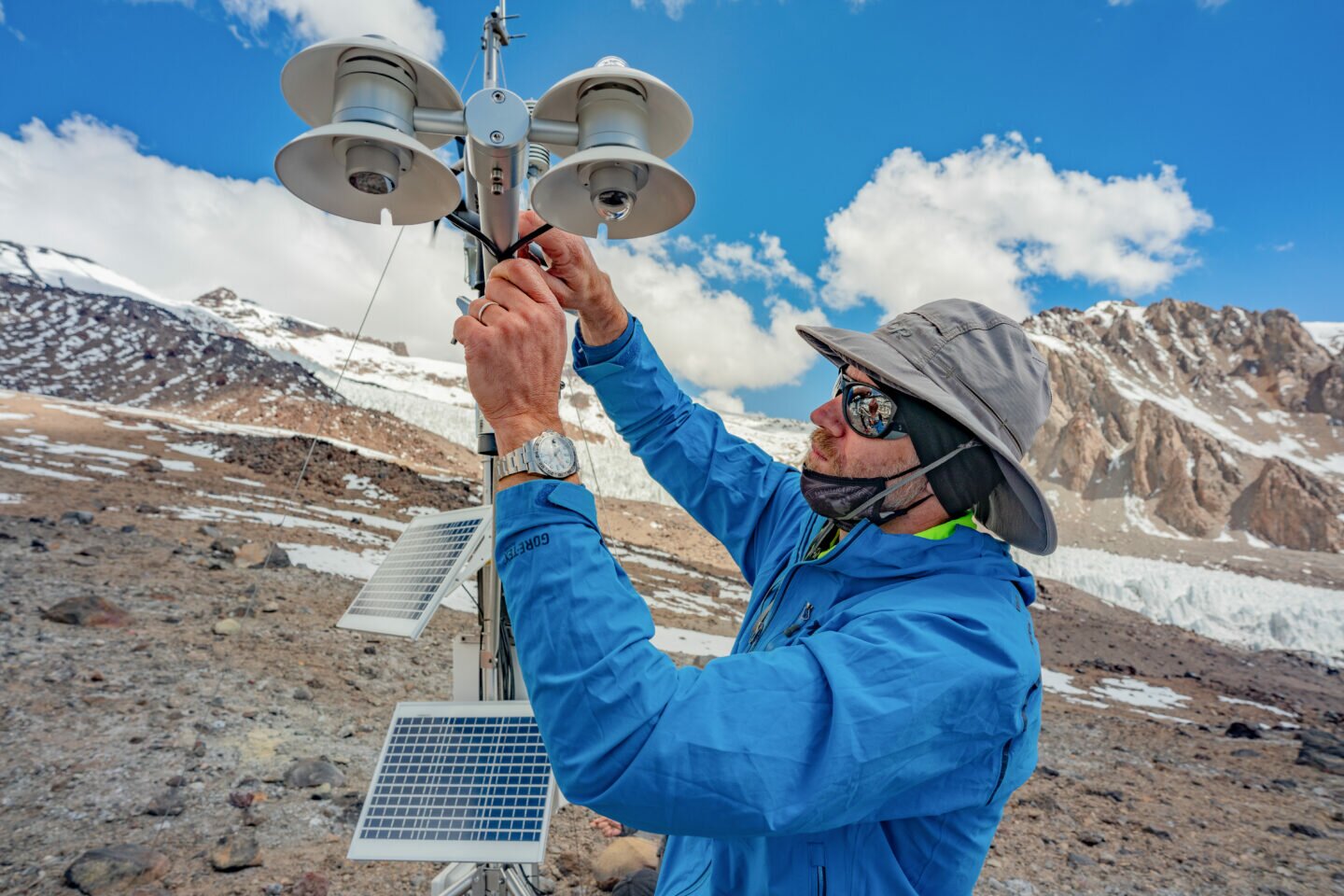The advent of one of Rolex’s earliest icons, the Oyster Perpetual Explorer, is tied to one of the greatest accomplishments in human history: the first summit of Mount Everest by Sir Edmund Hillary and Tenzing Norgay in 1953. Not only did Rolex equip that expedition with watches (as well as others before it), it also teamed up with the National Geographic Society soon afterwards in the hopes of supporting even more pioneering explorers.
The partnership between the luxury watchmaker and the global nonprofit organisation resulted in significant achievements because of their shared belief in the importance of exploration and discovery. The two organisations have been involved in expeditions to the Mariana Trench, the deepest part of the oceans, located in the Pacific.
In 1960, they supported Jacques Piccard and Don Walsh on the first manned dive to the bottom of the Mariana Trench. This dive also drove Rolex to push the boundaries of timekeeping: an experimental Rolex Oyster watch, the Deep Sea Special, was strapped to the exterior of their vehicle, the Trieste. After reaching a depth of 10,916m, it was brought back in perfect working condition.
More than 50 years later, in 2012, filmmaker and Rolex Testimonee James Cameron attempted a similar dive, and he became the first to reach the alien depths alone. Attached to the robotic arm of Cameron’s sub was an experimental diver’s watch, the Rolex Deepsea Challenge. Waterproof to 12,000m, the watch resisted more than 12 tonnes of pressure and emerged from the water unscathed.
Exploration with a purpose
In 2017, the partnership between Rolex and the National Geographic Society was officially enhanced to promote exploration linked to preservation of the planet. This partnership, together with Rolex’s support of Sylvia Earle’s Mission Blue initiative, worked toward ocean preservation, and in conjunction with the Rolex Awards for Enterprise that supports people with world-saving projects, they form the basis of Rolex’s Perpetual Planet initiative. And its progress has been very promising.
Under the name Perpetual Planet Expeditions, Rolex and National Geographic are working together on different expeditions to explore the planet’s most extreme environments. Two years ago, the first Perpetual Planet Expedition involved sending a research team on the most comprehensive expedition to Mount Everest in scientific history. There, they installed two of the highest weather stations in the world and collected the highest ice core ever recorded. Because the region’s glaciers provide critical water resources to over a billion people, being able to collect near realtime weather information is critical to understanding the effects of climate change on the environment of the Himalayas.
That expedition’s success led to another one this year to the Tupungato Volcano in the Southern Andes. Co-led by Dr Gino Casassa and Dr Baker Perry, the team once again set out to install a weather station — the highest one in the Southern and Western hemisphere — that will allow scientists to see the atmospheric processes in the high Chilean Andes. Located at 6,505m, the station will work alongside the three lower stations National Geographic had installed earlier in December 2019.
Members of the Tupungato Volcano Expedition were equipped with the Oyster Perpetual Explorer II, an essential instrument for every explorer. “As the climate warms, glaciers will retreat quite quickly,” said expedition member and climate scientist Tom Matthews in an interview for National Geographic in April this year. “How quickly? We don’t know. Most observations have been made on the mountain at quite low elevations, so we lack information about what’s going on in the upper third.”
The reason it’s important to know what’s really happening up there is because water towers — like the one atop Tupungato Volcano — are natural stores of vast quantities of water. Better data on how much precipitation is falling on these mountaintops will let the local government know how much available water they have that they can allocate to the communities in a given year, and to protect themselves in the face of climate-change impacts.
“Through our partnership with Rolex to study and explore Earth’s critical life-support systems, our ultimate goal is to use the new information and data gathered from expeditions to support and elevate solutions that will restore balance to our ecosystems,” said Nicole Alexiev, vice-president of Science and Innovation at the National Geographic Society.
Watch and be inspired
While no one can deny the importance of such work, it can be an admittedly abstract endeavour for most of us to follow. Fortunately, Rolex has also released the documentary Perpetual Planet: Heroes of the Oceans on World Oceans Day (above) earlier this year, on June 8.
The hour-long documentary follows Sylvia Earle, legendary oceanographer, Rolex Testimonee and founder of Mission Blue; Mission Blue champion for the Seychelles Hope Spot Angelique Pouponneau; co-founder of the Under The Pole expeditions Ghislain Bardout, and six other renowned marine scientists — five are Rolex Award Laureates — as they go around tagging whale sharks, navigating glaciers, nurturing coral nurseries and gliding with giant mantas.
Produced by BBC Studios’ Science Unit, Perpetual Planet: Heroes of the Oceans is a breathtaking, slightly poignant but certainly urgent, reminder of the fragility of our underwater worlds. But it’s not all doom and gloom, as Earle believes there is hope: “Each of us can make a diff erence in inspiring others. With passion, curiosity and hope, anyone can change everything. We can create a Perpetual Planet for generations to come.”




